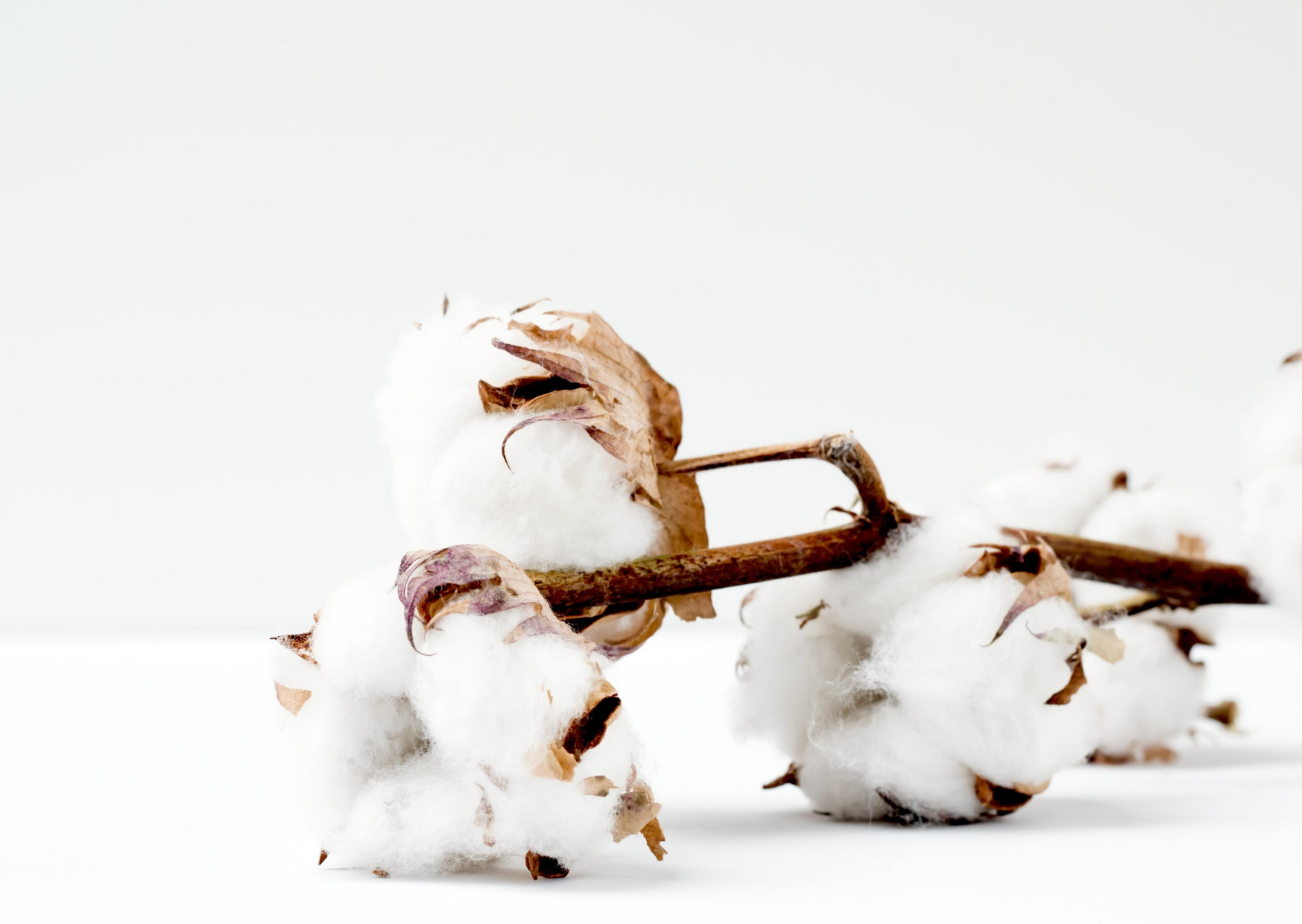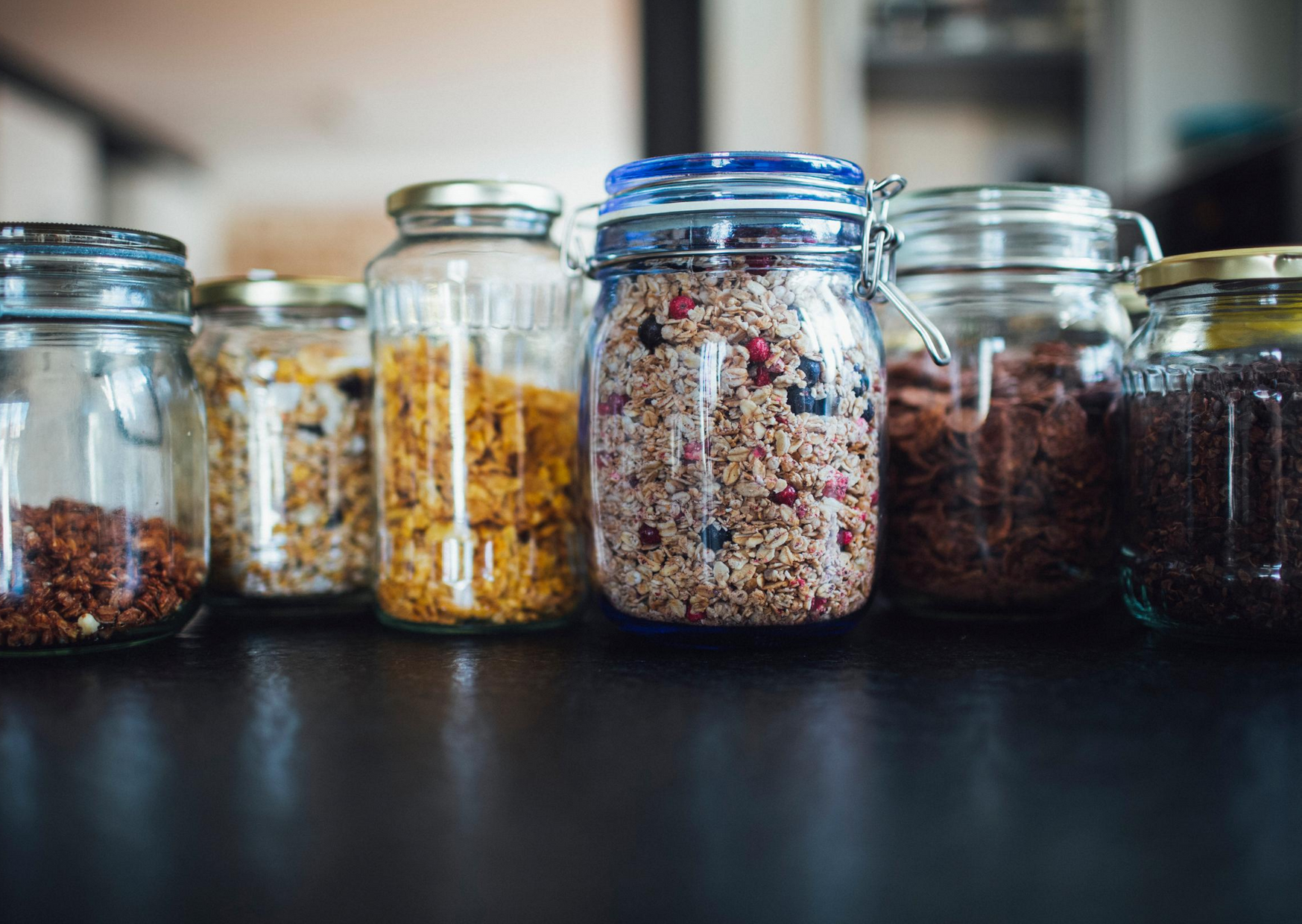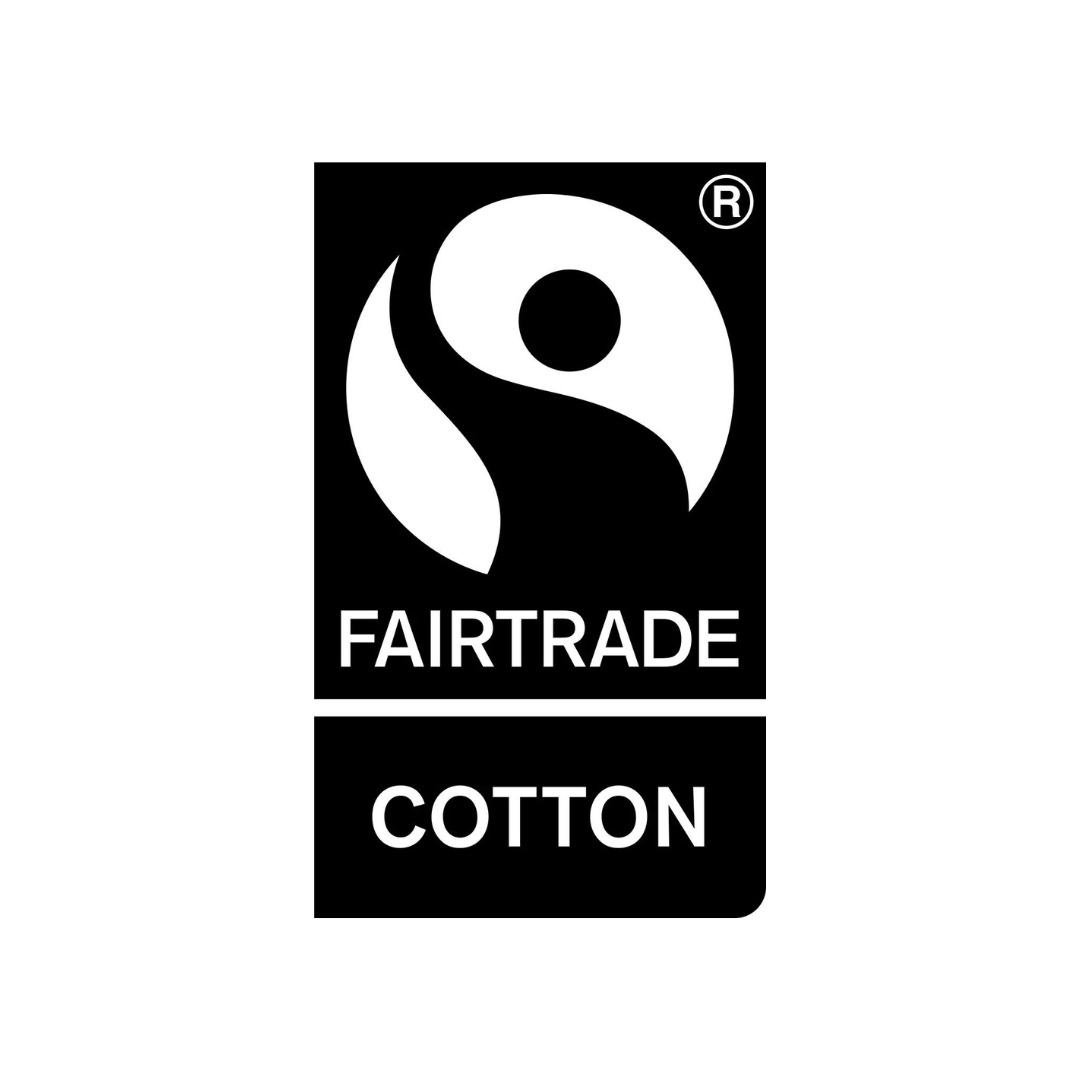
How sustainable is organic cotton?
Organic cotton is a popular alternative to non-organic cotton, and it’s the fibre we’ve chosen to use in our own super-soft undies! But how sustainable is it? There has been debate recently over the efficiency of the crop, as well as its suitability for mass production, so we thought we’d bring together some of the key points that help to determine how sustainable (and scalable) it really is.
Sustainable credentials of organic cotton

-
Organic cotton uses less water than non-organic cotton. According to the WWF, it takes 2,700 litres of water to produce the cotton needed for just one t-shirt. By contrast, organic cotton only uses 243 litres (Soil Association).
-
It tends to be grown using rainfed, rather than ‘blue’ water (i.e. that taken from surface-water bodies like lakes and rivers). This is because it’s most commonly grown on small-scale farms that don’t have their own irrigation systems. It’s better to use rainfed water because this does not impact the water supplies of local communities or diminish natural reserves.
-
It causes significantly less water pollution, because no chemicals (pesticides, herbicides or insecticides) are used in its production. When used, these chemicals commonly run off farms and into natural bodies of water.
-
Organic cotton is responsible for fewer greenhouse gases. According to the Textile Exchange, organic cotton creates 46% fewer greenhouse gas emissions than non-organic cotton because it doesn’t use nitrous-oxide releasing fertilisers and fewer mechanised farming practices.
-
Organic growing systems lead to far less soil erosion than conventional farming methods.
So what are the problems?
Despite all these benefits, the sustainability of organic cotton is still a complicated question, as it also depends on other aspects of processing such as spinning, weaving dyeing, transportation and packaging. This is in addition to the fact that, whilst certainly a better option than conventional cotton, organic cotton still requires water and land to grow.
And it has been argued by some that, per hectare, organic cotton is actually less efficient to produce. This is because it tends to show a lower yield than conventional cotton crops, but this particular criticism doesn’t take into account the fact that many organic cotton farmers also grow other crops on their farms. It has also been shown that yields under organic systems are likely to be more resilient to climate change and more extreme weather conditions (Textile Exchange).
Less than 1% of all cotton produced is currently organic, so there’s a huge potential for improvement! It may not be perfect (it still requires natural resources to grow), but organic cotton is a marked improvement on non-organic methods. It also stands up pretty well to other popular sustainable fibres.
How does organic cotton compare to other fibres?

Here are some other sustainable fibres you may have seen or heard of, so we thought we’d talk a bit about how organic cotton compares.
-
Bamboo is a fast-growing, low input and high-yield crop, although processing the natural wood-like crop into wearable fibres requires high levels of energy and chemicals. By contrast, organic cotton is ready to spin right off the crop, without the use of chemicals.
-
Recycled polyester is a great alternative to virgin synthetic chemicals, and it prevents waste going to landfill. Nevertheless, clothes made out of polyester release microfibres into the environment and are not biodegradable. And recycling/reprocessing requires energy too!
-
Tencel is similar in feel to cotton and is made from plant materials. Manufacturing Tencel takes less energy and water than cotton, and it’s also biodegradable because it’s made out of natural materials. As long as the wood pulp is sourced from sustainably managed plantations, it’s a great choice!
-
Organic Hemp doesn’t require any chemicals to grow well, and it actually helps to regenerate the soil too. It requires much less water than cotton and tends to have a higher yield per hectare than cotton. However, it’s processing can sometimes involve the use of energy and harsh chemicals.
-
Linen is produced from a very versatile crop that uses minimal amounts of water and pesticides. However, it can be difficult to process, and there’s often no guarantee that the dyes used are sustainable. White linen requires heavy bleaching, so make sure to stick to natural-toned hues.
We hope this is a useful overview, although please just let know if you have any other questions.















Leave a comment
This site is protected by hCaptcha and the hCaptcha Privacy Policy and Terms of Service apply.